What is Ghost Photography?
The name may be pretty self explanatory, but for the uninitiated; a ghost photographer is a photographer who specializes in taking photos of ghosts. This is a bit easier said than done, as ghosts are rarely immobile things and are invisible to the naked eye. They don't appear on regular film or traditional digital sensors, as they just don't interact with the visible light spectrum.
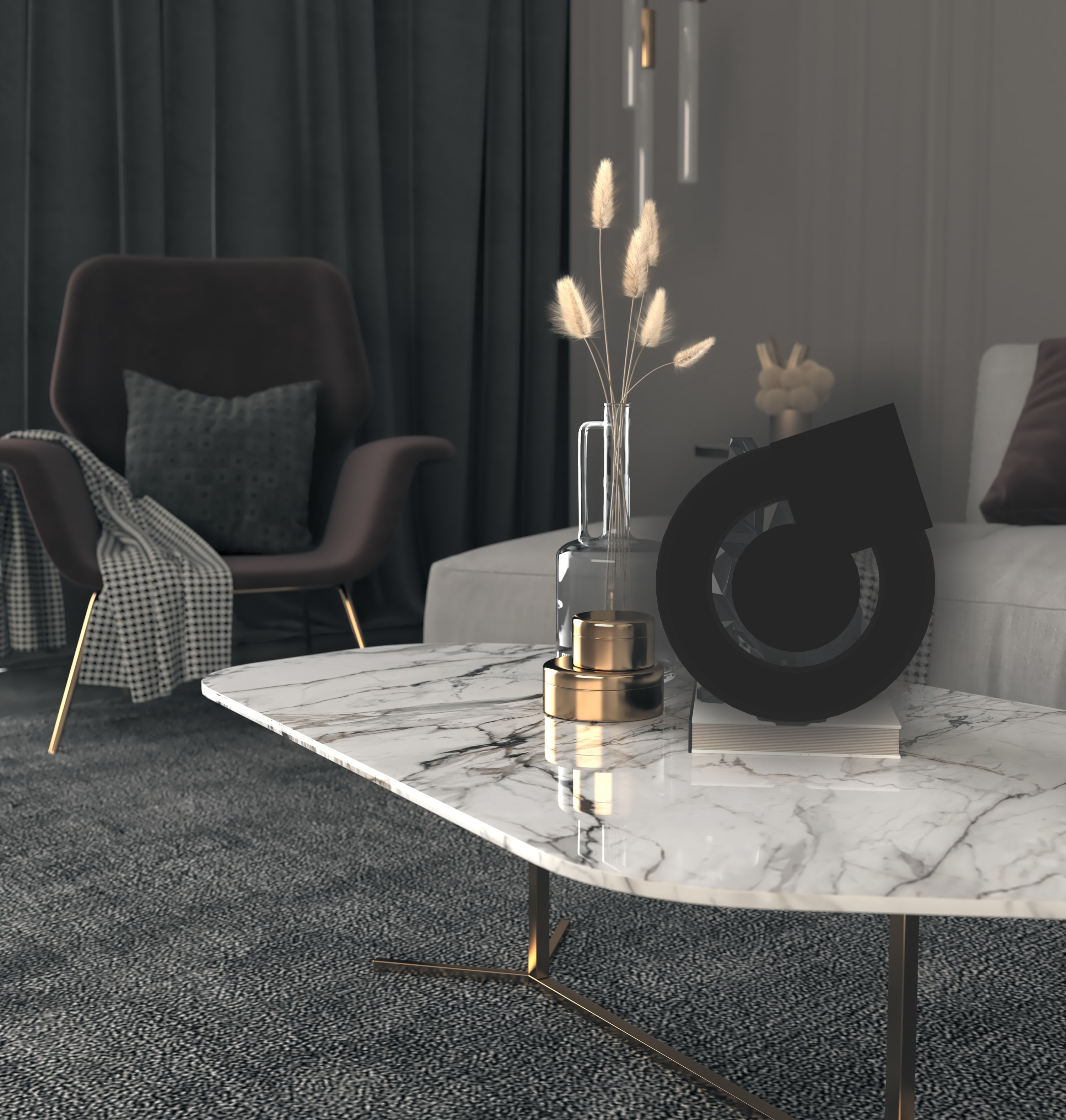
In order to photograph a ghost, you either need to use film coated in a solution that reacts to a different spectrum than light, or you need to get an expensive camera with two digital sensors, one for visible light and one for ghost photography. Given the size, expense, weight, and fragility of digital ghost cameras, they're really only ever installed in places like cemeteries where the camera doesn't need to move but being able to get a video of ghost activity is handy. Most ghost photography is done with film cameras, using rolls of film with alternating portions of light-sensitive and ghost-sensitive coating. Typical means of photo development and magnification can then be applied, and the two photos can be doctored together to get a complete idea of the ghost in relation to the scene.

A typical ghost photography session will involve capturing the haunted area from several angles and distances, and then much time spent away from the scene to develop and analyze the photos. Sometimes multiple sessions are needed to get more info on a haunting, or simply because the original session couldn't turn up any good photos. CamOp's advanced construction and analysis tools let much of the work be quickened, as she can extract effective analysis with minimal development time, and use that information to focus her pictures on productive angles and areas.
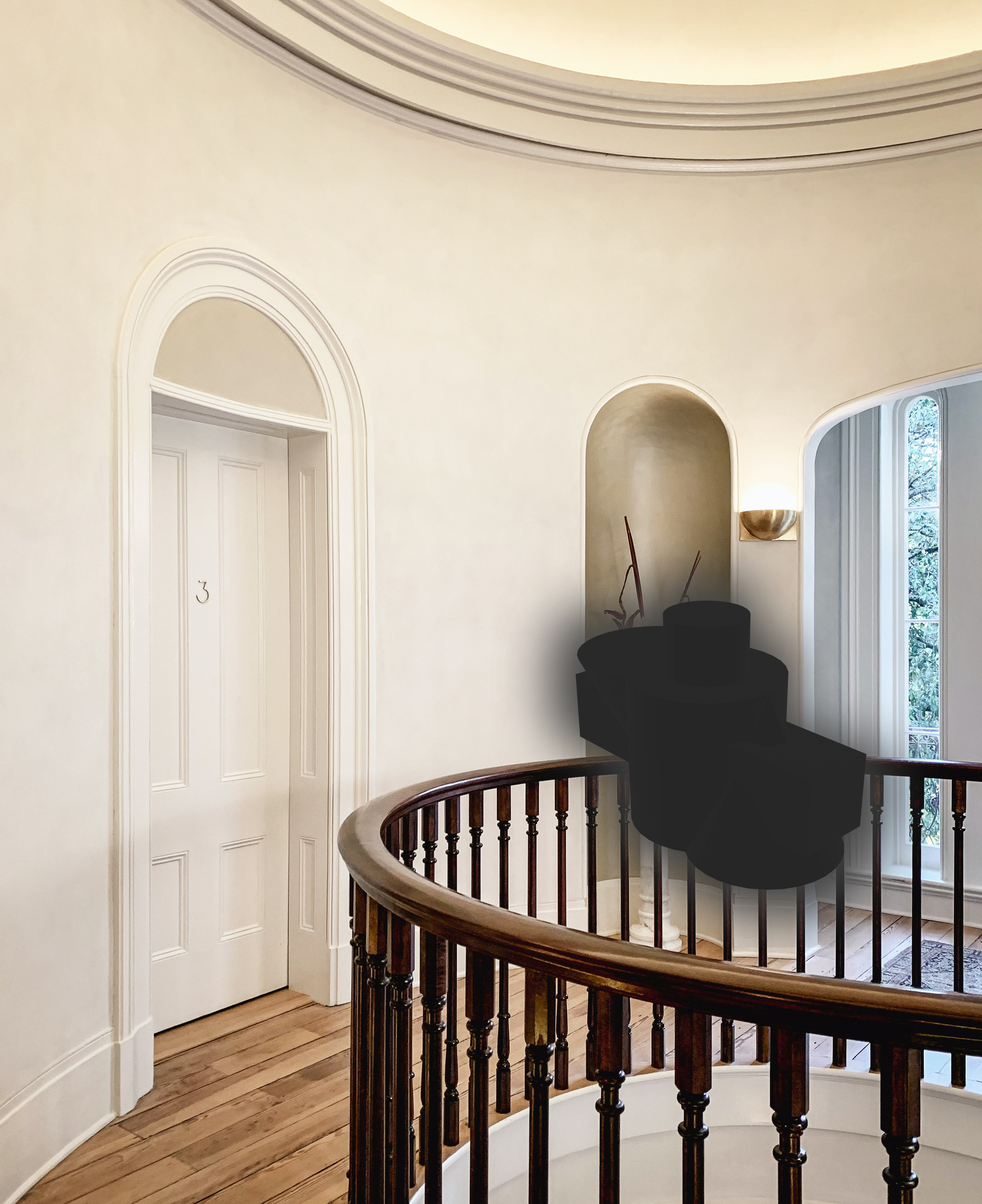
Why is Ghost Photography Necessary?
Much of this may be common knowledge, but once again, for the uninitiated; In the year 2036, while looking for a way to purchase eternal life, a coalition of billionaires funded development of a procedure meant to alter the atmosphere of the planet such that those who could afford an injection of "eternaplasma" would be revitalized after death so long as they were in contact with the air. Besides providing extra privilege to the fabulously wealthy, this had an unexpected consequence for those not in the 1%. After death, their spirits lingered on this world. It took about 12 years for the consequences of this to come in full swing, leading to the world of quick-extermination startups, ghost ethics advocacy movements, and ghost photographers we have today.
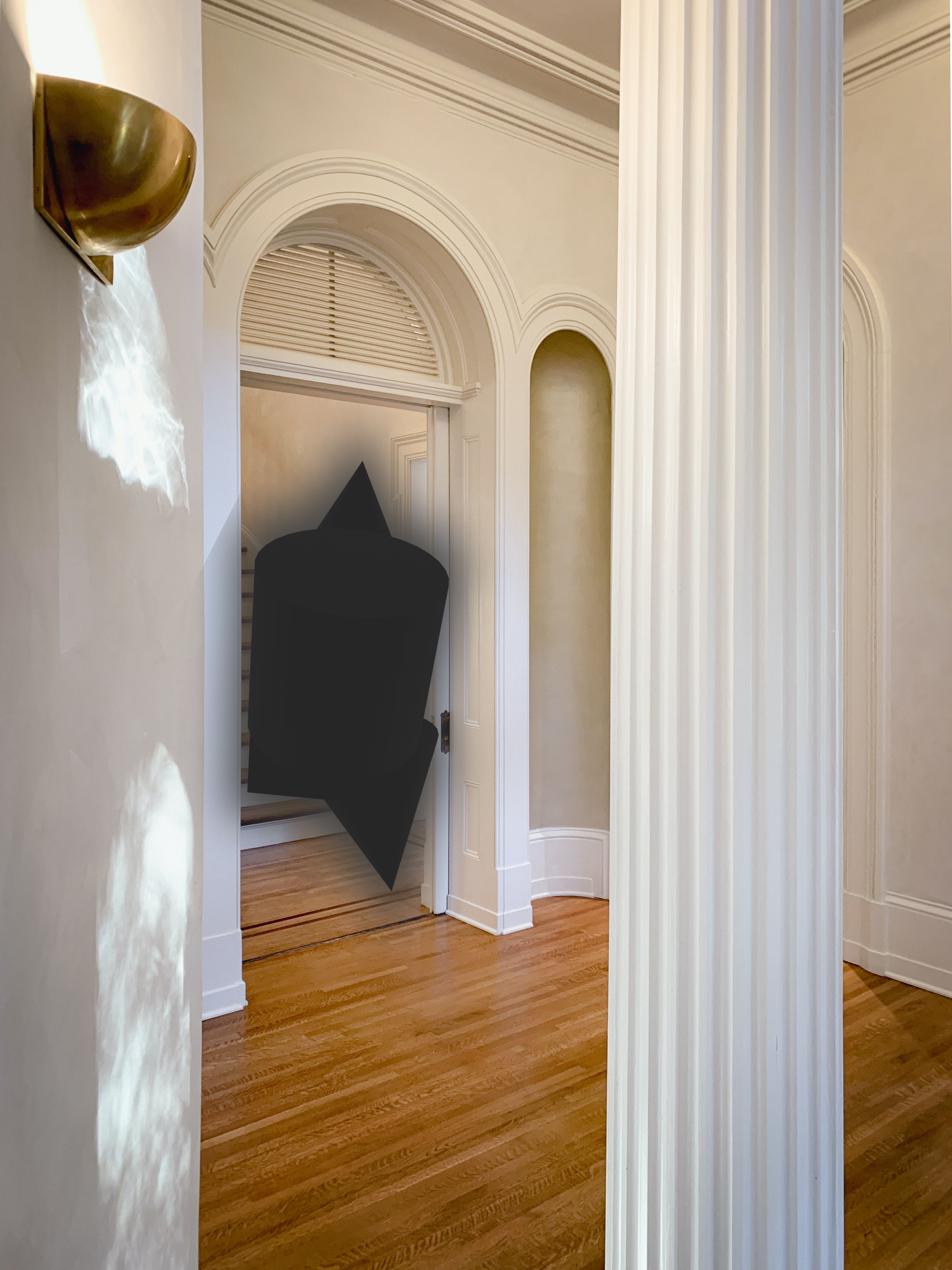
Ghosts can "pass on" to whatever comes after this world provided they can achieve stability. From what we can tell, it seems just like going to sleep- Staying still in a state of peace will eventually lead to them vanishing, their spirit now gone. Alternatively, they can be disrupted by a variety of means, usually specific to the type of ghost and its reason for lingering, but the erratic behavior this causes before vanishing suggests that these 'extermination' methods are painful, leading to further concerns that ghosts exterminated this way might not be able to truly rest in peace, and concerns among the religious that this process may bar them from the afterlife.
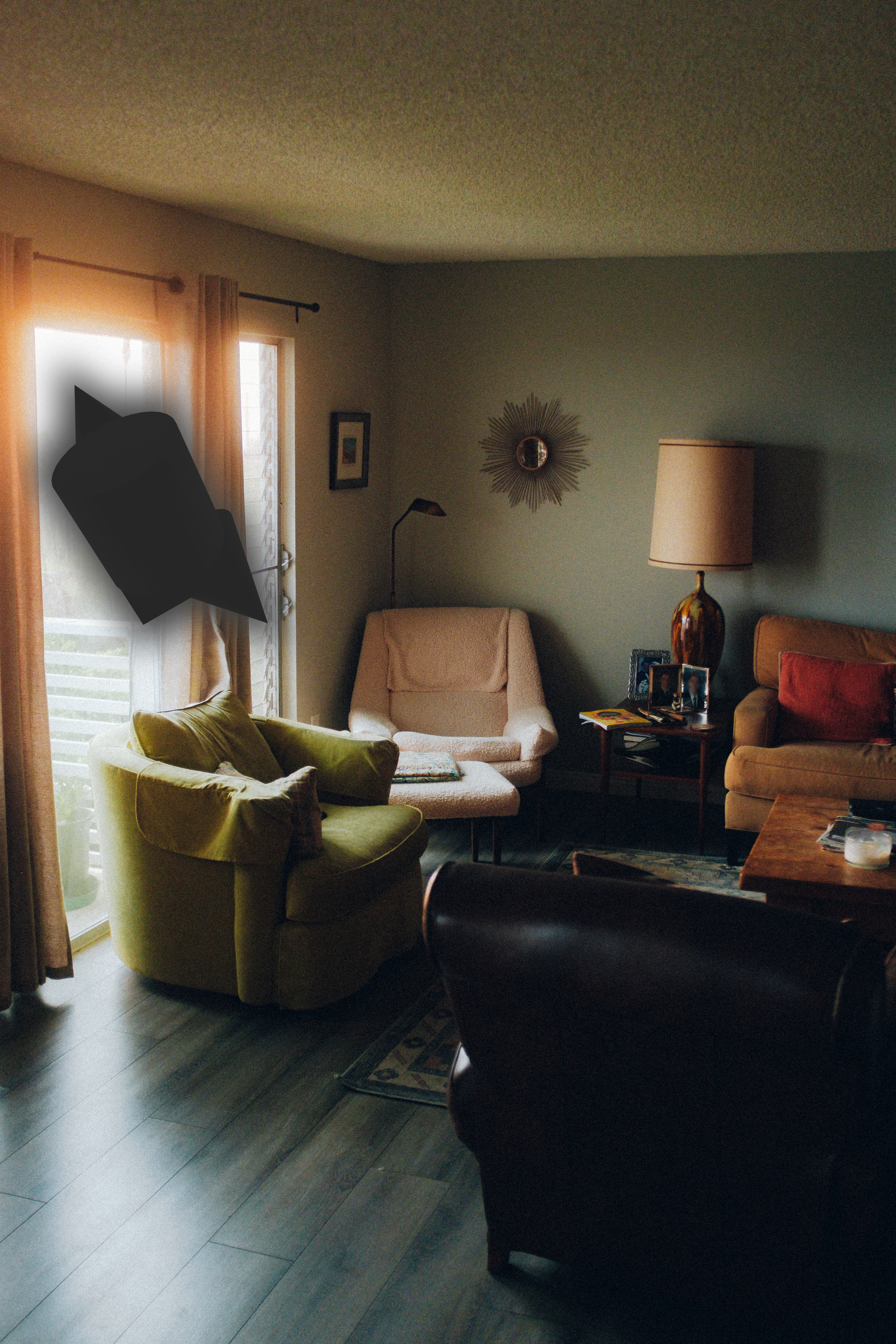
Ghosts are usually prevented from moving on by things like unfinished business, lingering regrets, or emotional malaise. They are often driven purely by these feelings, with most not being amenable to reasoning or simply being convinced to pass on. Sometimes this can be unusual when you're used to a person behaving rationally, but you might imagine that if you lacked any of your physical tiredness, lacked impulse control, and had an argument you wanted to finish or a job you wanted to get done, just going to sleep would be pretty undesirable.
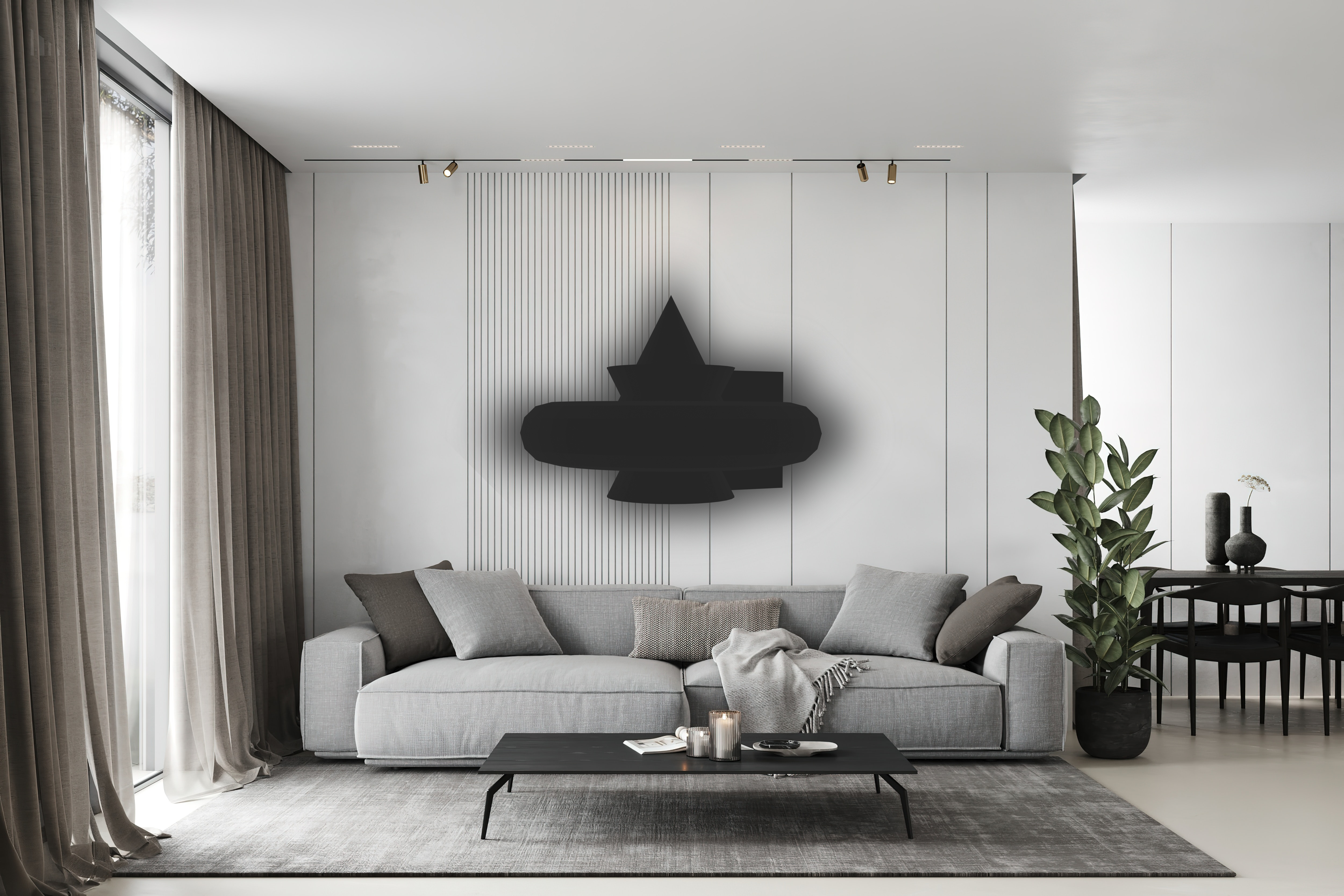
Of course, a ghost's ability to interact with the world is often limited, and usually poses more of a nuisance to the living than it does a chance of resolving their ties to life. What a ghost photographer can do is use photos, context, and anything else they can find, to figure out who a particular ghost may be, and what can be done to convince them to rest in peace. Usually the best solutions involve giving the ghost a representation of what it wants. Such as photos of a vacation site it never got to visit, or a model house to interact with if it seems to be offended by the current residents' sense of interior design.
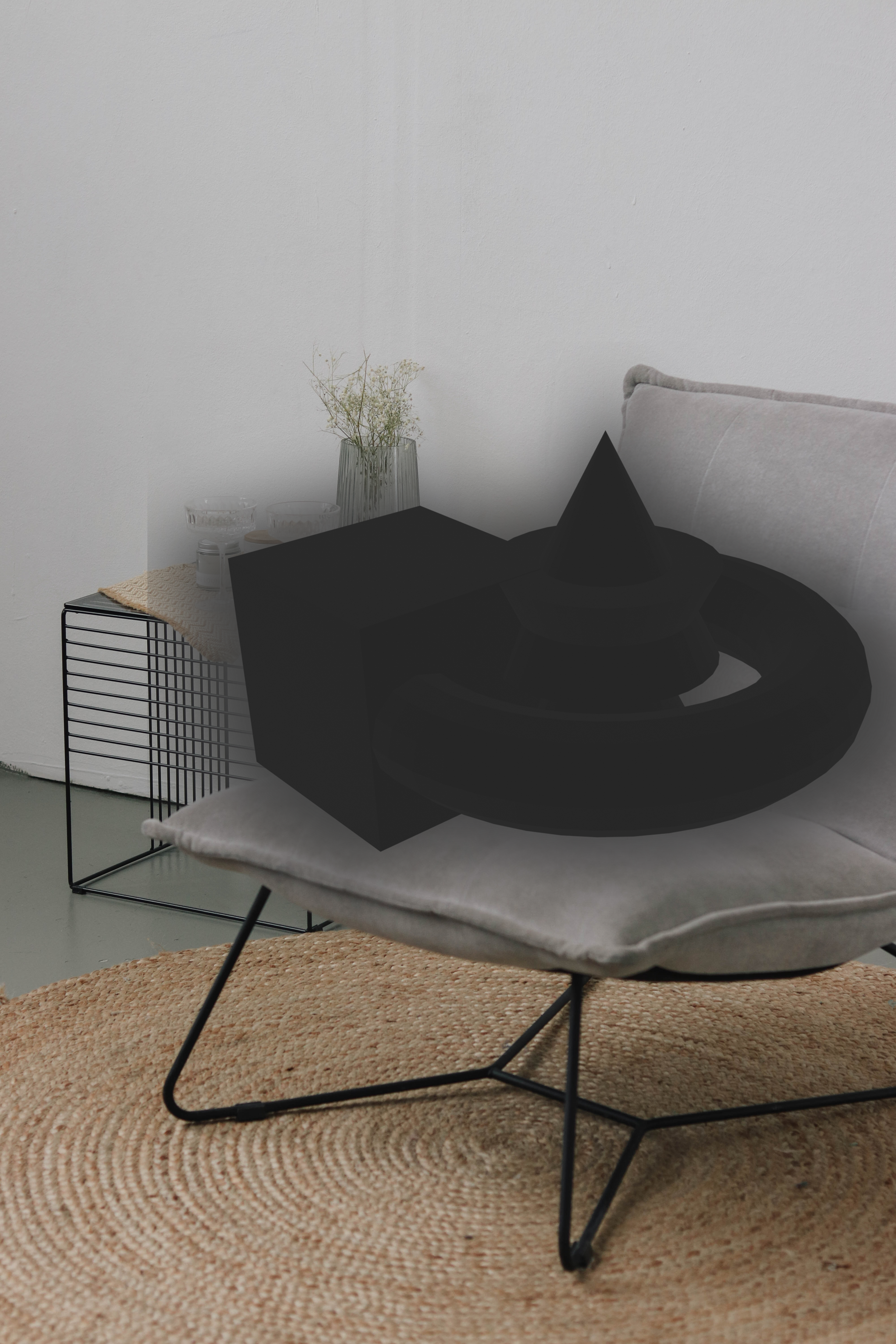
What Makes a Good Ghost Photographer?
Resilience- Some ghosts are violent in their emotional state, and some ghosts are intensely difficult to identify and help to rest in peace. You need to be able to handle a beating or handle a lot of dead ends to make it as a ghost photographer. Fortunately, CamOp is very physically durable, and can devote herself to a job until it's done so long as she's got enough charge. But if it's a career you're interested in, she advises practicing with wildlife photography first. Ghost photography usually happens in an urban environment rather than a natural one, but it gets you used to taking good photos in fleeting circumstances. Also, anything that will teach you to block a hit, like a self defense or martial arts class, doesn't hurt.